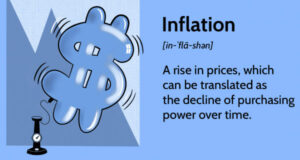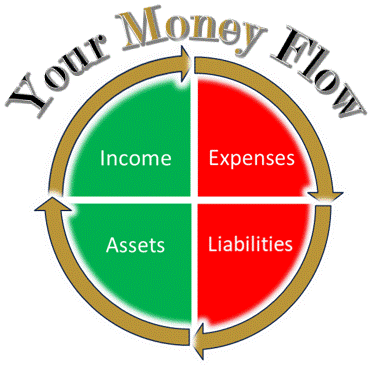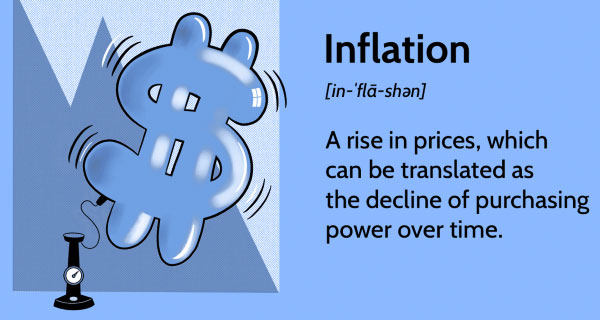 In the vast landscape of economic jargon, there’s a term that often pops up like an unexpected guest at a dinner party: inflation. It’s not the kind of party crasher you can kick out; rather, it quietly nibbles away at the value of your money, making each dollar a little less powerful over time. So, let’s embark on a journey to understand the elusive concept of inflation and how it plays a sneaky game with your purchasing power.
In the vast landscape of economic jargon, there’s a term that often pops up like an unexpected guest at a dinner party: inflation. It’s not the kind of party crasher you can kick out; rather, it quietly nibbles away at the value of your money, making each dollar a little less powerful over time. So, let’s embark on a journey to understand the elusive concept of inflation and how it plays a sneaky game with your purchasing power.
At its core, inflation is the stealthy rise in the general level of prices for goods and services in an economy. Picture this: you stroll into your favourite coffee shop, order your usual cup of Latte, and suddenly realize that the cost has creeped up. That’s inflation, slowly and persistently making your caffeine fix a bit more expensive each time.
Now, let’s break it down without getting too lost in the economic weeds. Imagine you have a magic wallet with $100 inside. In a world without inflation, that $100 would buy you the same amount of goods and services today, tomorrow, and a year from now. But enter inflation, and suddenly your $100 is like a melting ice cream cone in the scorching sun – it diminishes over time.
One of the main culprits behind inflation is the dynamic dance between supply and demand. When demand for goods and services outstrips the available supply, businesses start hiking up their prices. It’s basic economics – scarcity breeds value. So, that artisanal ice cream you used to treat yourself with now comes with a fancier price tag, all thanks to the invisible hand of inflation.
The analogy of inflation being a silent thief is not just poetic; it’s a stark reality. Your purchasing power, the ability of your money to buy goods and services, weakens as prices rise. It’s like trying to outrun a treadmill that keeps speeding up – an uphill battle for your wallet.
Now, how do economists measure this subtle erosion of purchasing power? Enter the Consumer Price Index (CPI), a statistical superhero that tracks the average change in prices paid by consumers for a basket of goods and services. It’s the economic equivalent of a magnifying glass, revealing the microscopic shifts in the cost of living. When the CPI rises, inflation is on the prowl, silently nibbling away at the real value of your hard-earned cash.
Let’s bring in a touch of humour to lighten the mood. Inflation is like the elusive burglar who sneaks into your house at night and steals a few dollars from your wallet. You wake up the next morning, and all seems normal until you realize your coffee shop treat has become a luxury. Inflation is the Houdini of the economic world, making your money disappear without leaving a trace.
But it’s not all doom and gloom. A moderate level of inflation is considered healthy for an economy. It encourages spending, investment, and keeps the wheels of commerce turning. It’s when inflation turns into a runaway train that things get dicey, and your wallet starts feeling the pinch.
In conclusion, inflation is the unsolicited guest at the economic dinner party, nibbling away at your purchasing power while you’re busy savouring your financial feast. Understanding its nuances empowers you to navigate this economic landscape with a keen eye on your wallet’s well-being. So, next time you feel the subtle pinch of rising prices, remember that it’s just inflation playing its silent game. Keep your financial wits about you, and perhaps you’ll outsmart this economic trickster.

